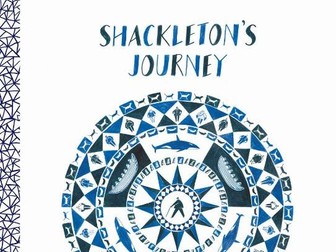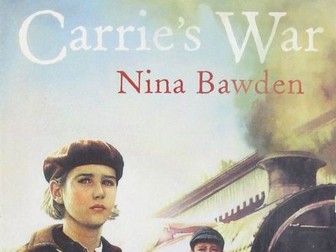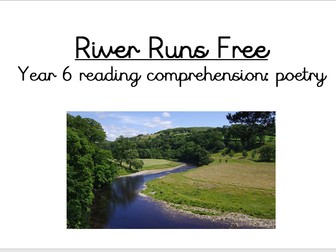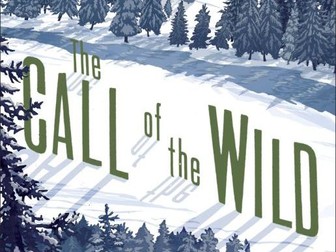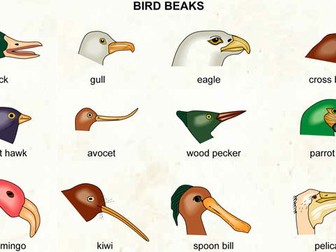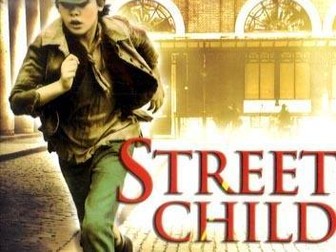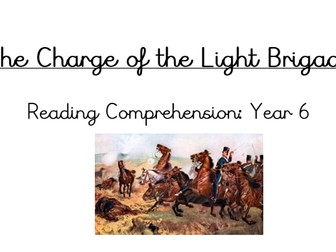Shackleton's Journey Newspaper Report English Writing
<p>A sequence of lessons for children to write their own extended piece in the format of a newspaper report, based on Shackleton’s trip aboard endurance.<br />
L1 - annotate example text<br />
L2 - Information retrieval<br />
L3 -Script writing, news reporting and performance<br />
L4 -Headlines, 5Ws and 3Cs<br />
L5 - Direct and reported speech<br />
L6 - Planning format<br />
L7&8 - Independent write, edit</p>
